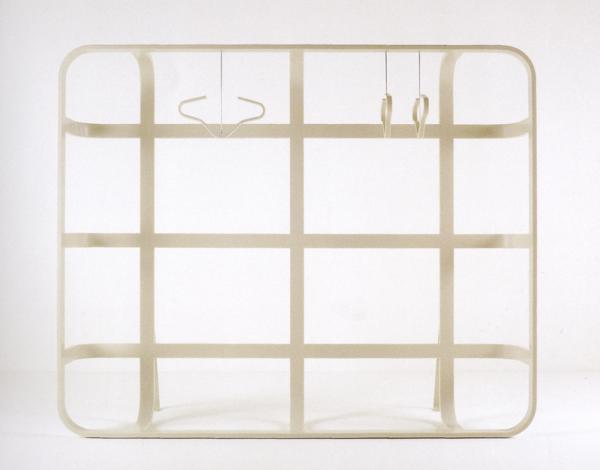 Heard Kenneth Frampton lecture this evening. Titled, "Architecture in the Age of Globalization" the lecture was structured to parallel the format of the concluding chapter in the book pictured above, which has just had a 4th edition published. He did not address globalization as directly as I had hoped, but did express his displeasure with the work of global starchitects which he finds to be too concerned with image: Gehry's Bilbao, Koolhaas's CCTV, Herzog & de Meuron's Olympic Stadium. He did not use the word but I suspect he finds them self-indulgent.) Frampton surveyed buildings that he finds exemplar in the categories of topography, morphology, sustainability, materiality, habitat, and civic form. Lots of inspiring photos, including work by my perennial favorites, Patkau Architects.
Heard Kenneth Frampton lecture this evening. Titled, "Architecture in the Age of Globalization" the lecture was structured to parallel the format of the concluding chapter in the book pictured above, which has just had a 4th edition published. He did not address globalization as directly as I had hoped, but did express his displeasure with the work of global starchitects which he finds to be too concerned with image: Gehry's Bilbao, Koolhaas's CCTV, Herzog & de Meuron's Olympic Stadium. He did not use the word but I suspect he finds them self-indulgent.) Frampton surveyed buildings that he finds exemplar in the categories of topography, morphology, sustainability, materiality, habitat, and civic form. Lots of inspiring photos, including work by my perennial favorites, Patkau Architects.
At the end, he was asked by a professor if critical regionalism is possible in the age of globalization, a question the professor gets from students after reading Frampton's essay. Frampton noted that because "the vernacular barely exists" today, there is a universal sense of "uprootedness." He is an advocate for architecture that is specific to a place, not locally-based. He said that "sensitive architects can allude" to regional qualities through landscape, material, light, climate -- the essential qualities of critical regionalism. At the end, another faculty member commented, "It is clear that what Kenneth is involved with is to establish grounds for an ethical architecture." By which he meant, it's really just all about the three H's.



































